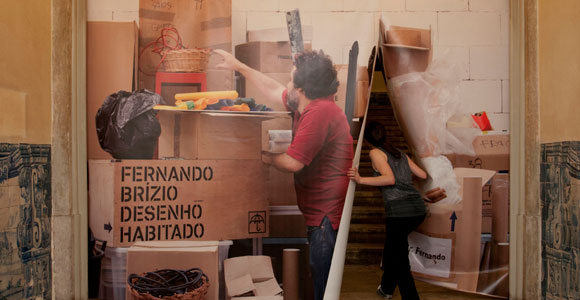
The Adhocracy Reader, page detail. Photo by Ethel Baraona Pohl
During the summer of 2012 I was lucky enough to be involved in the preparation of Adhocracy, an exhibition curated by Joseph Grima with Elian Stefa, Ethel Baraona Pohl and Pelin Tan for the 1st Istanbul Design Biennial. My collaboration with the team materialized in the exhibition catalog, which I co-edited with Avinash Rajagopal and Tamar Shafrir. The Adhocracy Reader was designed by Folder (Marco Ferrari and Elisa Pasqual), and in its 400 pages we tried to push the concept of a standard catalog and create a reader, evoking a standard college reader — a compilation of pre-published material. A series of introductory essays frame the exhibition’s premises and the catalog’s intentions, followed by a carefully curated selection of material on the projects on display in the exhibition, alongside a series of pre-existing essays. The whole catalog can be consulted on Issuu, and a Flickr photoset by Ethel Baraona Pohl can be seen here.
